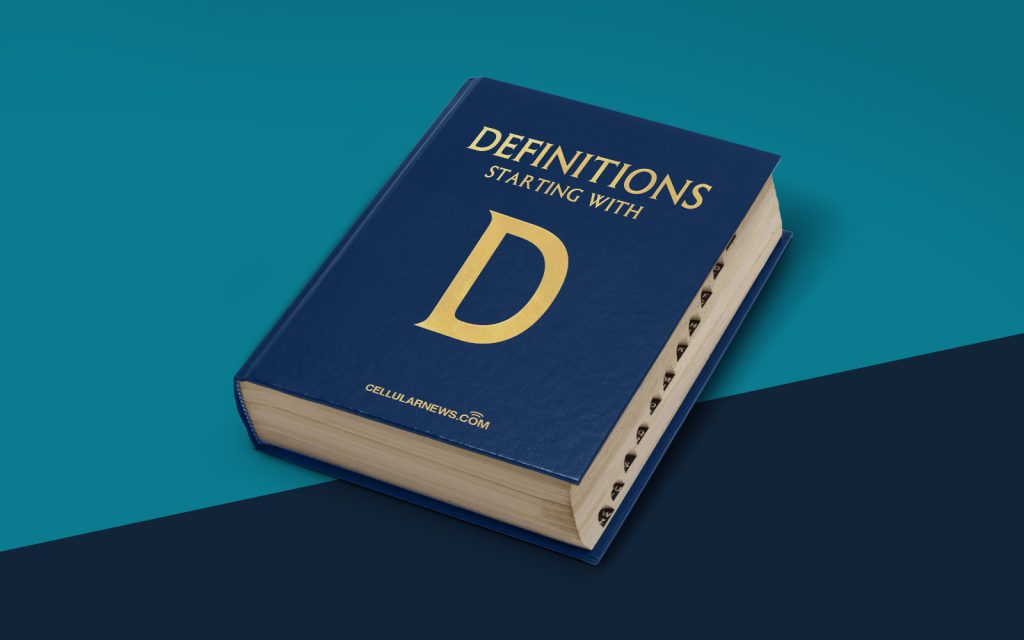
Unlocking the Power of Deep Belief Networks (DBNs)
Welcome to the Definitions category of our blog! In today’s post, we’ll dive into the fascinating world of Deep Belief Networks (DBNs), exploring what they are and how they work. If you’ve ever wondered about these complex artificial neural networks and their role in machine learning, you’re in the right place. Let’s get started!
Key Takeaways:
- Deep Belief Networks (DBNs) are powerful artificial neural networks that excel in unsupervised learning tasks.
- DBNs are composed of multiple layers of interconnected nodes, with each layer learning progressively higher-level representations of the input data.
What is a Deep Belief Network (DBN)?
A Deep Belief Network (DBN) is a type of artificial neural network that has revolutionized the field of unsupervised learning. These networks are highly effective at extracting patterns and representations from large and complex datasets without the need for explicit labels or supervision.
DBNs are composed of multiple layers of interconnected nodes, arranged in a hierarchical manner. Each layer in the network receives input from the previous layer and learns to represent the data in a progressively higher-level manner. The lower layers capture low-level features, while the higher layers capture more abstract and complex representations.
Here are a few key points that help illustrate the power and capabilities of Deep Belief Networks:
- Unsupervised Learning: DBNs excel in unsupervised learning tasks, meaning they can learn meaningful representations without explicit labels. This is achieved through a process called pretraining, where each layer is trained in an unsupervised manner to capture the underlying patterns in the data.
- Deep Architecture: The deep architecture of DBNs, with multiple layers of interconnected nodes, allows them to model complex dependencies and hierarchical relationships within the data. This makes them highly effective for tasks such as image recognition, speech recognition, and natural language processing.
- Generative Models: DBNs can also function as generative models, allowing them to generate new data samples similar to the training data. This capability opens up possibilities for data augmentation, data synthesis, and even creative applications like generating art or music.
- Applications: DBNs have found applications in various fields, including computer vision, speech recognition, recommendation systems, anomaly detection, and even drug discovery.
Deep Belief Networks have played a significant role in advancing the field of machine learning, enabling breakthroughs in understanding and utilizing complex datasets. With their ability to learn hierarchical representations and extract meaningful features, DBNs are a vital tool in the data scientist’s toolbox.
In Conclusion
In this blog post, we explored the concept of Deep Belief Networks (DBNs) and their role in unsupervised learning. We learned about their hierarchical architecture, unsupervised learning capabilities, generative modeling, and various applications. Hopefully, this article has shed some light on the power of DBNs and sparked your curiosity to dive deeper into the world of artificial neural networks.
Stay tuned for more interesting definitions and explanations in our Definitions category. We love bringing you valuable insights and knowledge to help you stay informed in the dynamic world of technology and data science!
